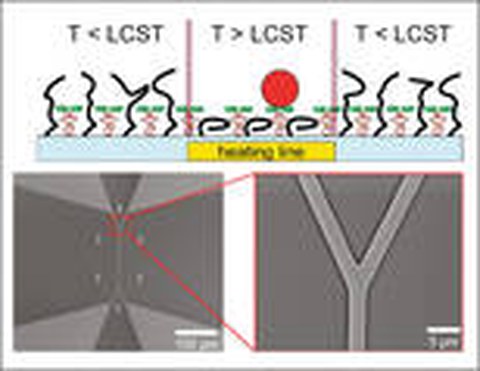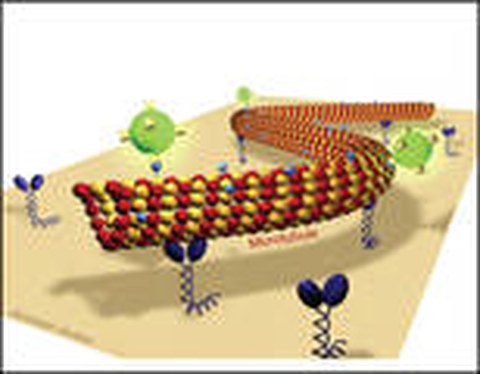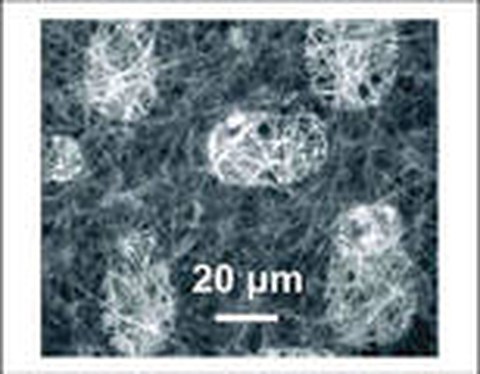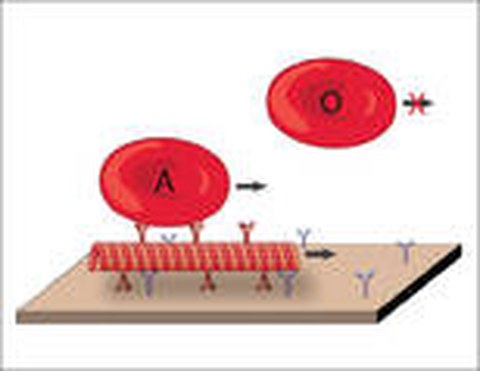Nanotechnological Motor Applications
External Control over Molecular Transport Systems
Biomolecular motor systems are attractive for future nanotechnological devices because they can replace nanofluidics by directed transport. However, the lack of methods to externally control motor-driven transport along complex paths limits their range of applications. Towards this end, we devise methods for guided nano-transport along predefined tracks by topographical and chemical surface patterning (van den Heuvel 2005, Reuther 2006). Based on thermo-responsive polymers, we furthermore develop various dynamic guiding strategies (Ionov 2006, Korten 2012, Schroeder 2013, Reuther 2014).
Cargo Transport and Manipulation
It is intriguing to use motor proteins for the transport and mechanical manipulation of nanostructures in a cell-free environment. We recently showed that purified kinesin motors in combination with chemically modified microtubules can transport and stretch individual ?-phage DNA molecules across a surface (Reuther 2003, Dinu 2006), characterized microtubule-structure dependent rotations during cargo transport (Nitzsche 2008), and demonstrated the transport of biomimetic polymer microcapsules (Song 2009).
Nanoscopic Surface Imaging
We employed fluorescence interference contrast (FLIC) microscopy to image the interaction between kinesin-driven microtubules and nanoscopic surface structures. We directly imaged the geometry of crossing microtubules with high temporal resolution and demonstrated that FLIC microscopy in combination with fluorescently-labeled, motile microtubules is a versatile tool to scan the geometry of engineered surfaces with nanometer height precision (Kerssemakers 2009). Currently, we are extending this method to the mapping of optical near-fields.
Molecular Detection Devices
Towards the application of cytoskeletal motor proteins for the detection of molecular components (Korten 2010), we used the slow-down of gliding microtubules in the presence of obstacles on the microtubule surface for a novel detection scheme (Korten 2008). Moreover, in an effort to determine the general sample solution constraints on motor-driven diagnostic nano devices, we studied the effects of blood, cell lysates and solutions containing genomic DNA extracts on actomyosin and kinesin/microtubule-based transport (Korten 2013).




